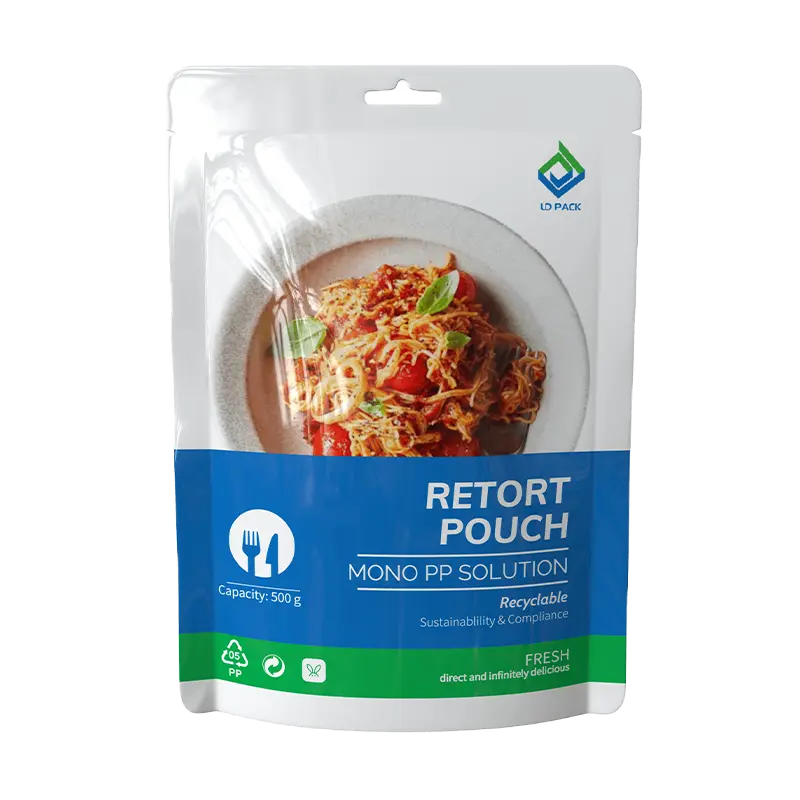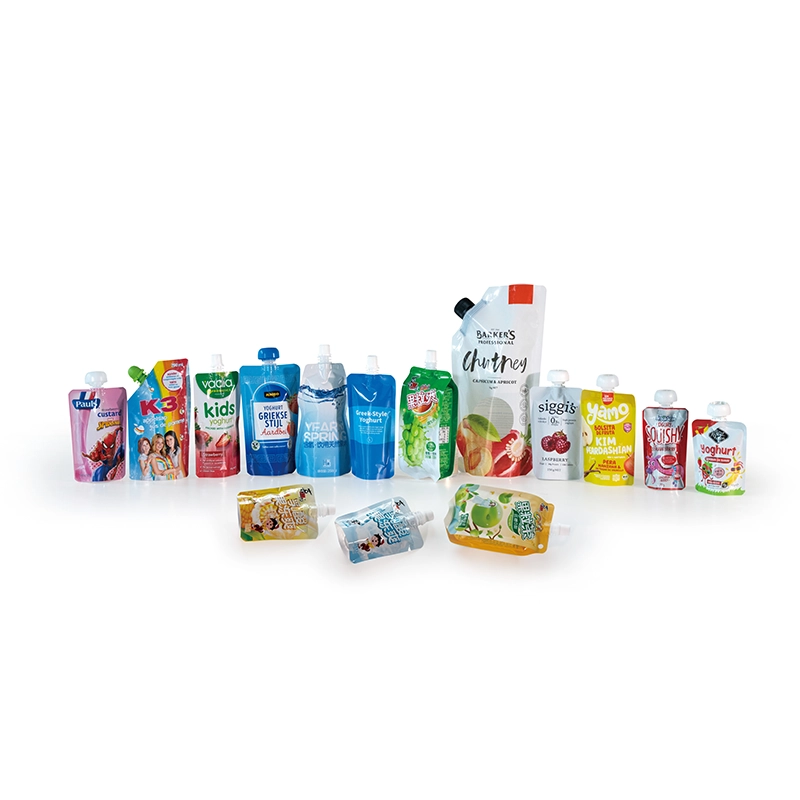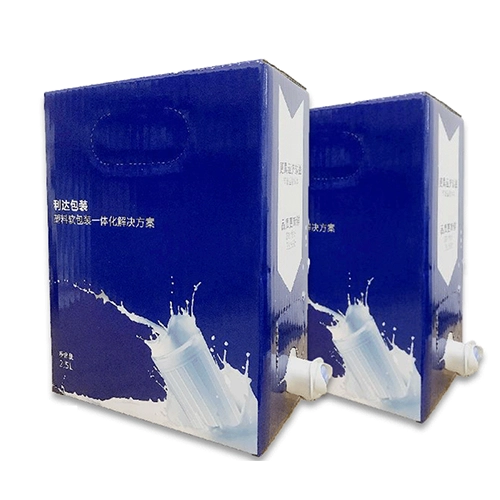Mono Material Packaging is full of technology
Abstract: This article analyzes the solutions of the production difficulties (such as heat resistance and barrier properties) and the key points of mono material packaging, then shares a number of practical application cases that have been mass-produced.
Founded in 1990, LD Packaging Co., Ltd. (LD Pack for short) is undoubtedly a leader in the flexible packaging industry. With 30 years of focus and innovative development, it has grown into a modernized flexible packaging company with strong R&D capabilities, achieving an annual output value of over 600 million RMB. Particularly pioneering in the research and development of mono-material recyclable packaging, it has been one of the forerunners in this field.
As early as 2014 when BOPE was just emerging, LD PACK successfully developed a recyclable slider zipper pouch of mono PE structure, containing BOPE. After over 6 years of effort, LD PACK has once again successfully developed four series of mono-material recyclable packaging products including mono PE packaging, mono PP packaging, large-capacity packaging and automatic packaging roll films, contributing for the environmental protection. Undoubtedly, the development of mono-material recyclable packaging is the hottest topic in the flexible packaging industry. However, what are the difficulties when LD PACK developed mono materials packaging in the past six years?
what are the limitations of applying mono materials such as PE and PP? what is the latest progress? With these questions in mind, the reporter recently had the privilege of interviewing Mr. Jason Zhong, the General Manager of LD PACK. Regarding the development of mono materials, Mr. Zhong said, "The development of mono materials is imperative, and the future is bright! However, the road of research and development is arduous and tortuous, with many technical bottlenecks yet to be overcome!"
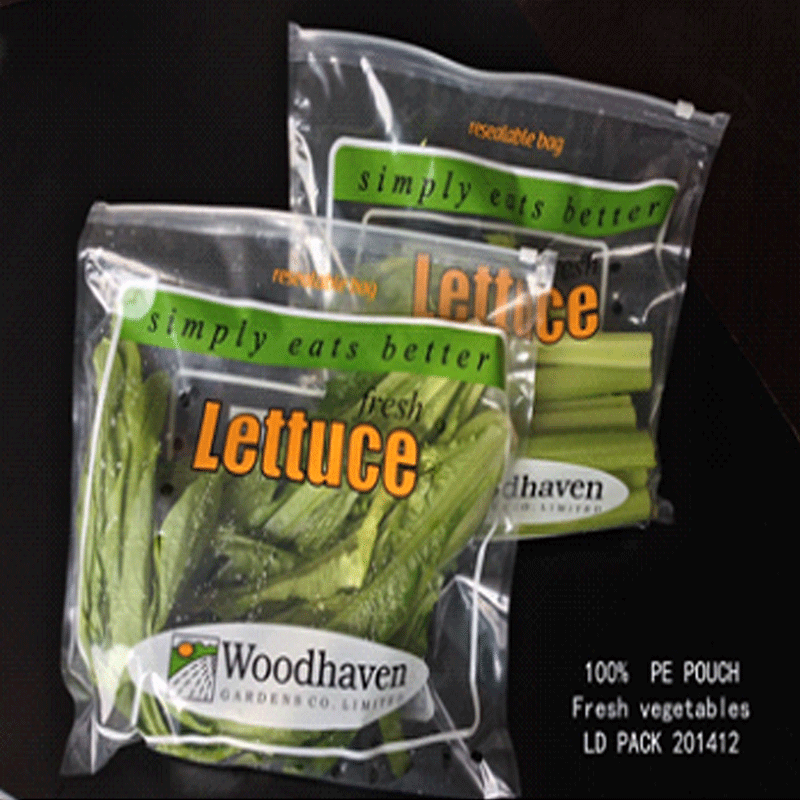
Mono PE Structure Recyclable Slider Zipper Pouch
1. The greatest technical challenges of mono-material packaging are heat resistance and barrier properties.
(1) Heat Resistance:
When it comes to materials like PE/PE, the heat transfer during pouch-making occurs from the surface layer to the heat-sealing layer. Despite improvements in physical properties such as tensile strength, stiffness, and transparency through stretching processes, the chemical properties of PE film remain the same, particularly its heat resistance is the biggest challenge during pouch-making. The outer layer of PE needs to be hot to ensure sealing integrity, while the inner layer must remain cool to maintain heat sealing. This contradiction presents a significant challenge. Additionally, the PE stretching will affect the pouch flatness. Using LDPE can address stretching problems, but its poor heat resistance does not meet packaging requirements. On the other hand, HDPE cannot undergo double stretching, further complicating the issue. BOPE can replace nylon to address issues of stiffness and puncture resistance, but it still fails to solve heat resistance and flatness of the pouch. Pouch made from BOPE/PE are prone to edge curling, significantly increasing the difficulty of pouch-making.
Even after 6 years of mono-material development, LD PACK has only partially solved the heat resistance issue. Complete solution depends on improvements in resin performance and processing technology, which are still lacking. It is said that, companies like ExxonMobil and Dow are figuring out how to solve the heat resistance issue of PE. And hope they can achieve practical breakthroughs soon.
(2) Barrier Properties:
Different from heat resistance, there are existing solutions to enhance the barrier of mono materials. Generally, EVOH or PVA can be added to meet barrier and recycling requirements, as long as the added amount does not exceed 5% of the total thickness. For example, in a laminated film with a total thickness of 100um, the amount of EVOH added would be around 5um, resulting in an OTR below 8cc. Such structures can effectively preserve the quality of packaged dry foods and household products, albeit with a slightly shorter shelf life compared to conventional composite packaging. However, the cost increases significantly, and these solutions only partially address barrier issues, failing to address concerns such as oil resistance, light resistance, and chemical resistance, limiting their application in all food packaging.
Regarding the pros and cons of adding EVOH or PVA for enhancing barrier properties, we have tested both materials. While PVA excels in oxygen barrier properties and can be applied to different substrates with flexibility in processing, its drawbacks include poor water resistance, susceptibility to deformation, and inadequate heat resistance. In contrast, we believe that adding EVOH is more favorable. Film blowing technology with EVOH is mature, and when clients require higher barrier properties, EVOH can be added in the middle of the heat-sealing layer without the additional coating processing. Being placed in the middle layer reduces the impact of humidity, ensuring stable barrier performance and good heat resistance.
In conclusion, current mono-material packaging using PP or PE is only suitable for dry food or washing liquid packaging. It cannot meet high requirements for packaging, such as high-temperature sterilization or chemical resistance. Furthermore, a significant issue with mono materials is their poor heat resistance, which fails to meet temperature difference requirements, affecting the speed of automatic packaging machines or filling machines. Significant reductions in packaging speed are necessary to achieve packaging goals.
2. Flexible packaging enterprises need to focus on several key points in process control when producing mono-material recyclable packaging:
1) Printing Process: There is basically no overprinting due to tensile deformation of materials, but high-precision printing equipment is necessary to ensure accurate printing alignment and tension control. For our PE materials, speeds of 250-300m/min can be achieved with BOBST printing equipment.
2) Pouch-making Process: The pouch-making process is the most challenging aspect. Machines are required to be modified to accommodate the tension and temperature of mono-material packaging. Tension must be minimized, and machine speed reduced to minimize material stretching. Lowering the sealing temperature and implementing low-temperature multiple sealing processes for PE/PE pouch can improve the pouch-making quality. The temperature difference between inner and outer layers should be at least 30 ℃ to ensure proper pouch-making.
3) Post-processing: Controlling post-processing techniques such as welding nozzles and valves is also crucial. These processes require higher temperatures than pouch-making, necessitating careful selection of materials and adjustments to welding processes.
3. Case Study:
1) Mono PE Recyclable Packaging
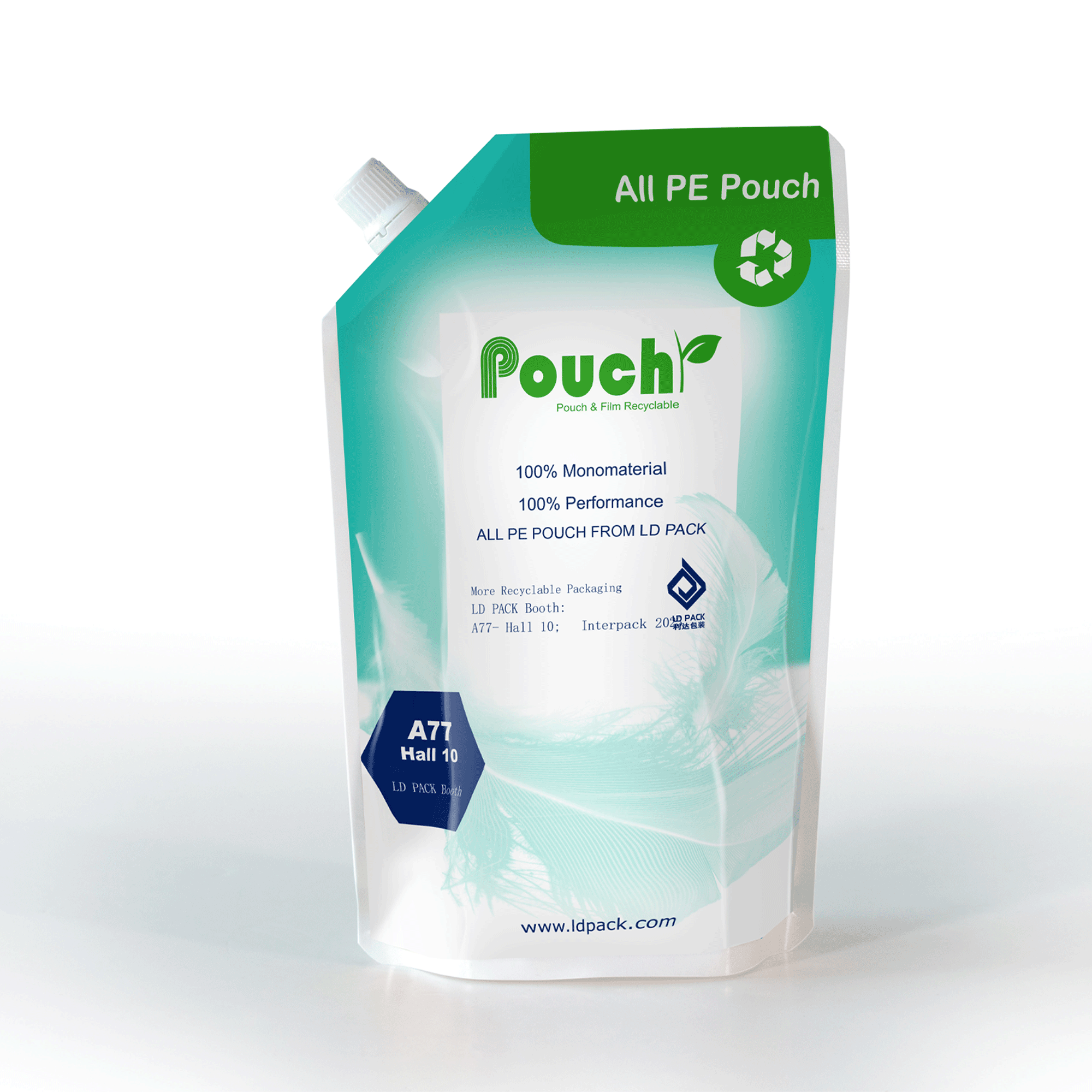
Currently, we use structure of BOPE/EVOH/PE to replace BOPA/PE. The outer layer is made of heat-resistant and stretch-resistant PE for printing, while the laminating layer uses materials with high stiffness and strength to ensure the flatness and strength of the pouch. This solution is suitable for various types of pouches such as three-side seal pouch, stand-up zipper pouch, and spout pouches, which are mainly sold to the oversea markets. They are primarily used for packaging dry foods, fresh and frozen foods, daily necessities, and lightweight packaging.
2) Mono PP Spout Pouches

These pouches utilize 100% PP structure, with the outer layer resistant to heat and shrinkage, and the inner layer designed for low-temperature heat sealing and impact resistance. They are suitable for hot filling, refrigeration, and have high barrier properties, making them ideal for packaging dairy products. The packaging contents typically range from 70g to 150g, and the pouch types include stand-up spout pouches and four-side seal spout pouches. However, these pouches are currently undergoing small-scale testing and have not yet been applied to the market. The main challenges lie in heat resistance and low production efficiency. Spout pouches require a higher temperature difference at the spout area, at least 70-80℃ or even 100℃, which PP cannot achieve, making production extremely difficult.
3) Mono PP Packaging Pouch
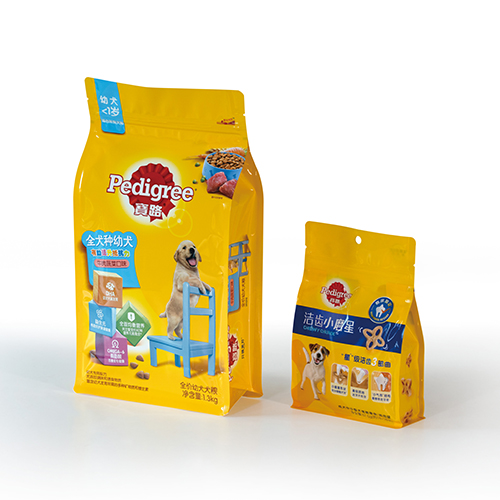
These pouches feature a 100% PP structure or PP/PP or PP/MOPP/PP structures, utilizing mono-materials to meet high barrier requirements. The outer layer is made of PP with high heat resistance, while the inner layer is made of materials with good flexibility, heat sealing strength, and impact resistance, ensuring that the pouch meet customers’ requirements. It can be made in various types such as stand-up zipper pouch, four-side seal zipper pouch and flat bottom zipper pouch with capacity from 500g ~ 3kg
Future Outlook for Mono-material Recyclable Packaging:
Major brands such as Nestle, Unilever, and Kraft pledged at the 2018 World Economic Forum in Davos to transition to recyclable or biodegradable materials for all their packaging by 2025. The trend toward environmental sustainability, both domestically and internationally, has driven governments and major brands to adopt mono-material recyclable packaging to promote the development of a circular economy. However, many technical challenges remain unresolved, preventing mono-material packaging from completely replacing multilayer laminating materials. Current solutions, such as those containing EVOH to replace aluminum foil, still face technological bottlenecks, as they only partially address oxygen barrier issues and cannot fully replace aluminum foil's comprehensive barrier properties.
At present, the brand owners and packaging enterprises makes up their mind to develop mono materials, but there is still a long way to go before the real implementation. Despite these challenges, companies like us are committed to developing solutions for barrier properties and heat resistance. We are currently testing MDOPE films, using extrusion processes, and continually improving and adjusting processes. However, without strict regulations in place, the application of mono-material packaging remains limited, even in foreign markets where it has been promoted earlier than in China markets. Solving heat resistance and barrier issues is essential for the widespread adoption of mono-material packaging.
In addition to technical challenges, there are also cost concerns. As the cost of mono-material packaging typically at least 20-30% more than that of conventional packaging, limiting its development.
The development of mono-material packaging will continue to face challenges and technological hurdles, but increasing research and development efforts for recyclable packaging is a key focus for LD PACK's future development. Our goal is to achieve over 70% adoption of mono-material packaging by around 2025. We sincerely wish LD PACK success in overcoming the technological bottlenecks of mono-material packaging development and becoming a leading pioneer in this field.
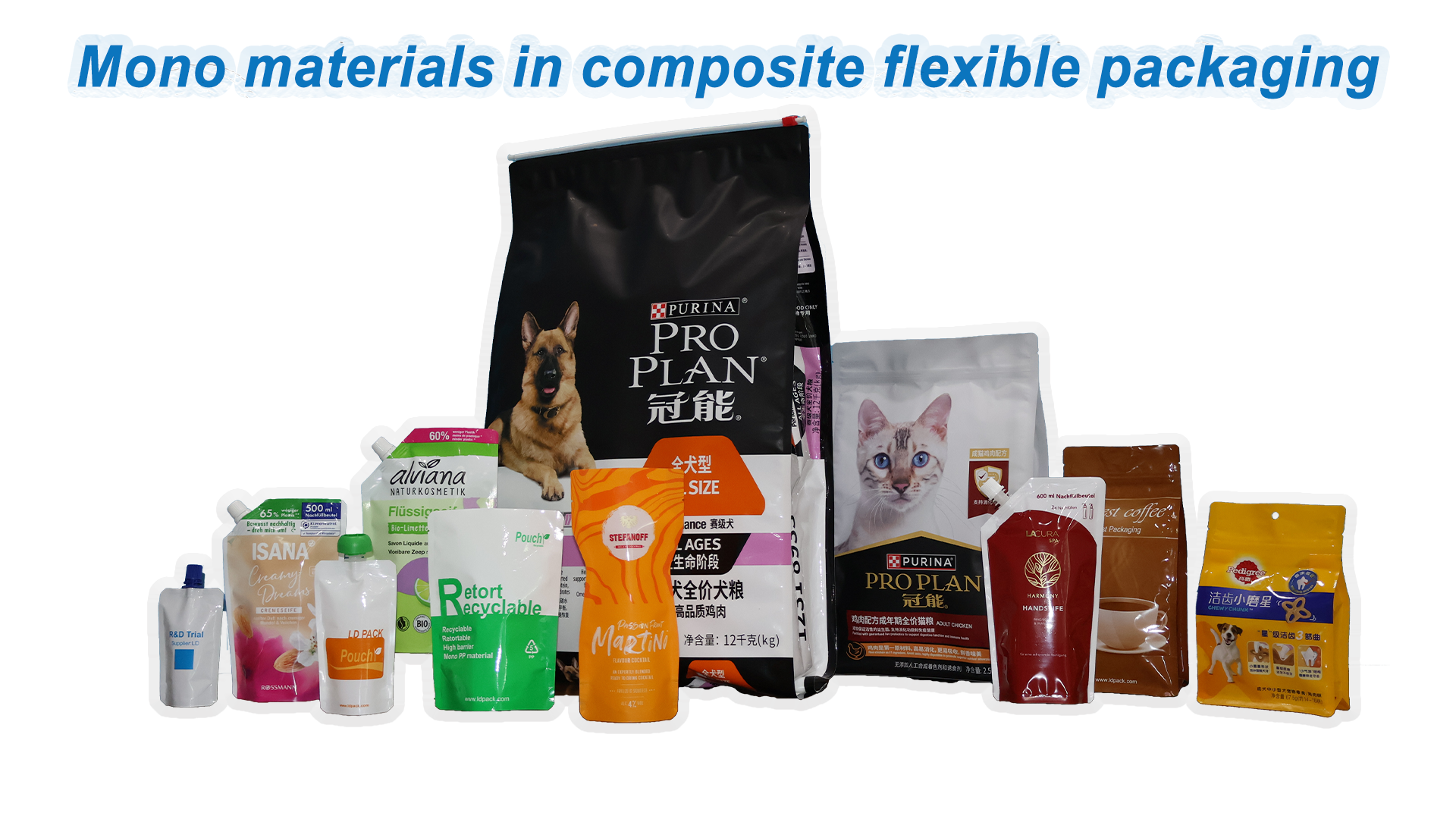
Statement: This article is written by LD PACK and all rights reserved by LD PACK. The content is for reference only. Please correct any errors. Shall not be reproduced without permission, otherwise LD PACK will reserve the right to pursue its legal liability. If you have any technical questions, please email sales@ldpack.com for a discussion.
Article From: < PACKAGING FOREFRONT>,


